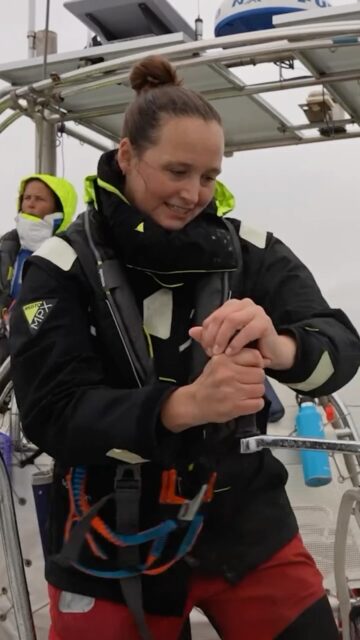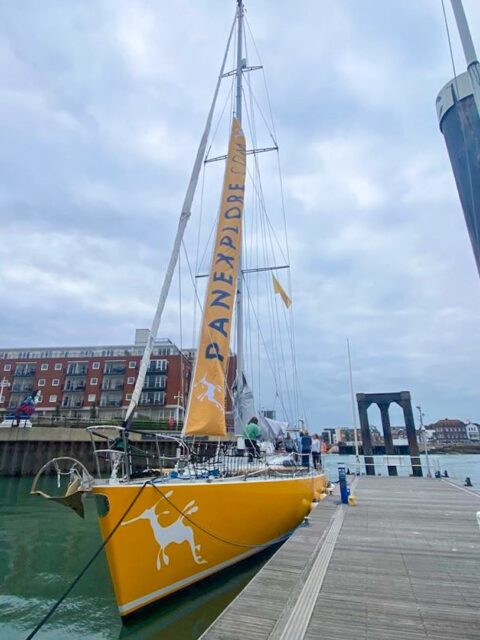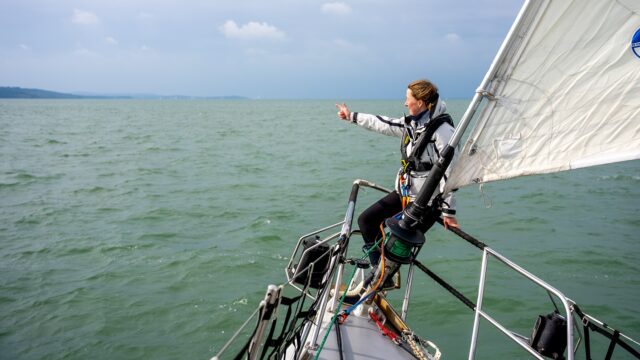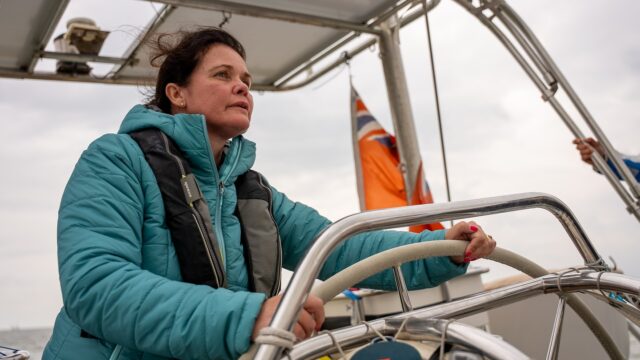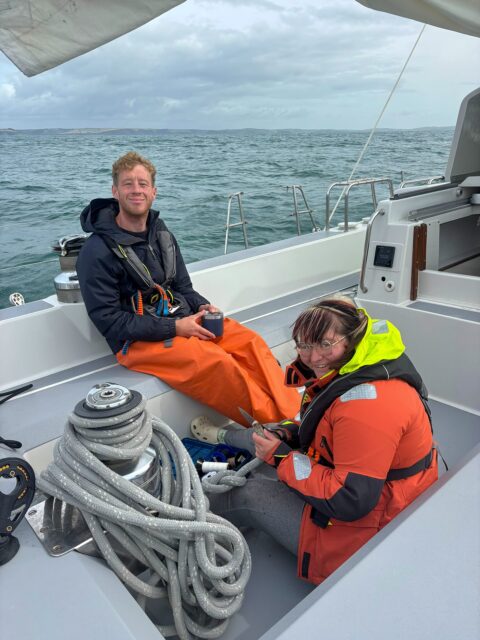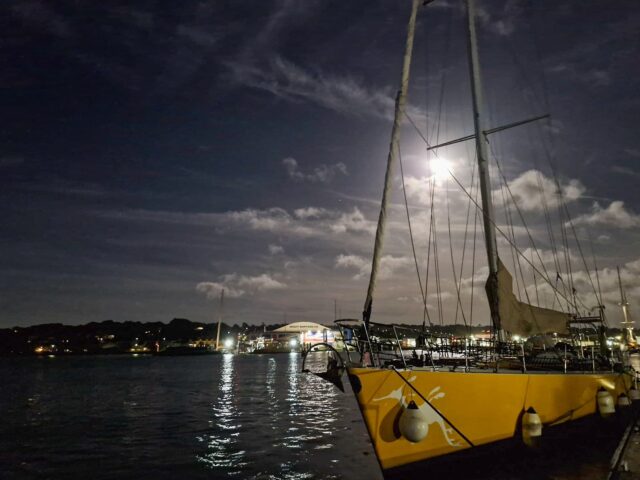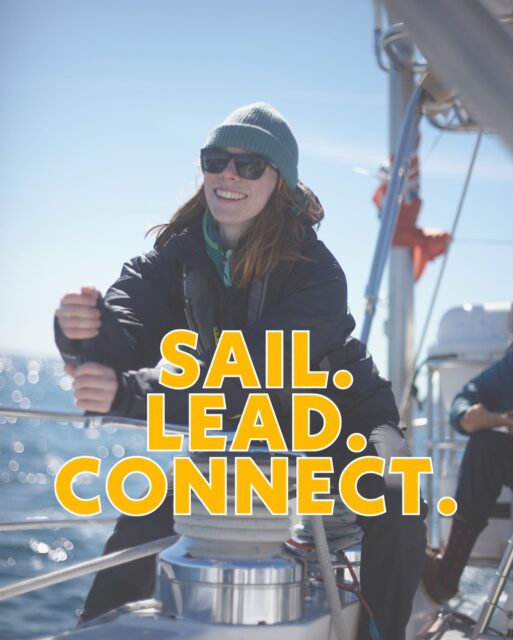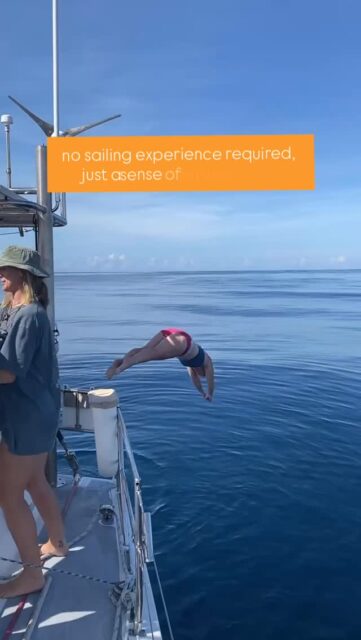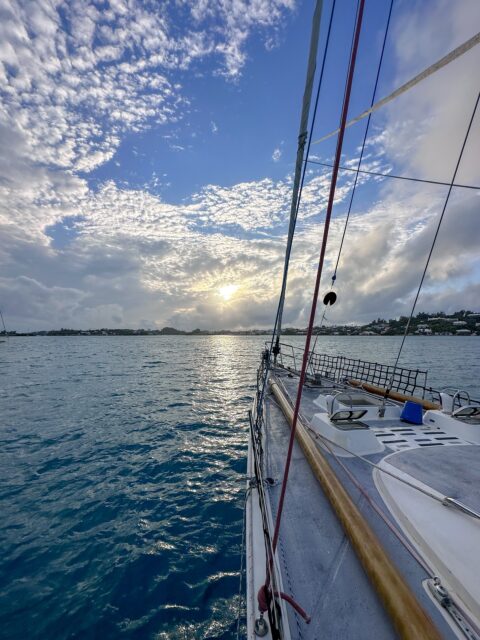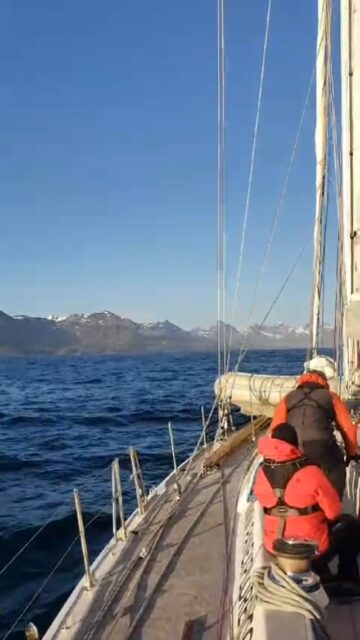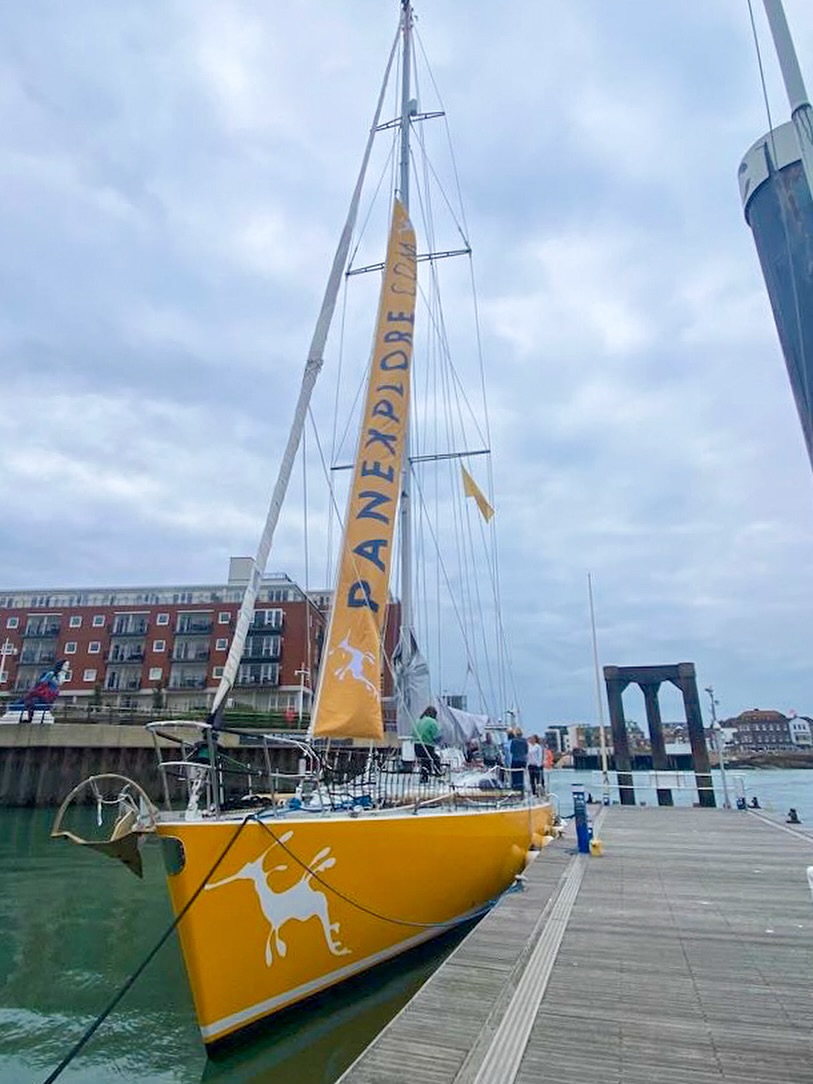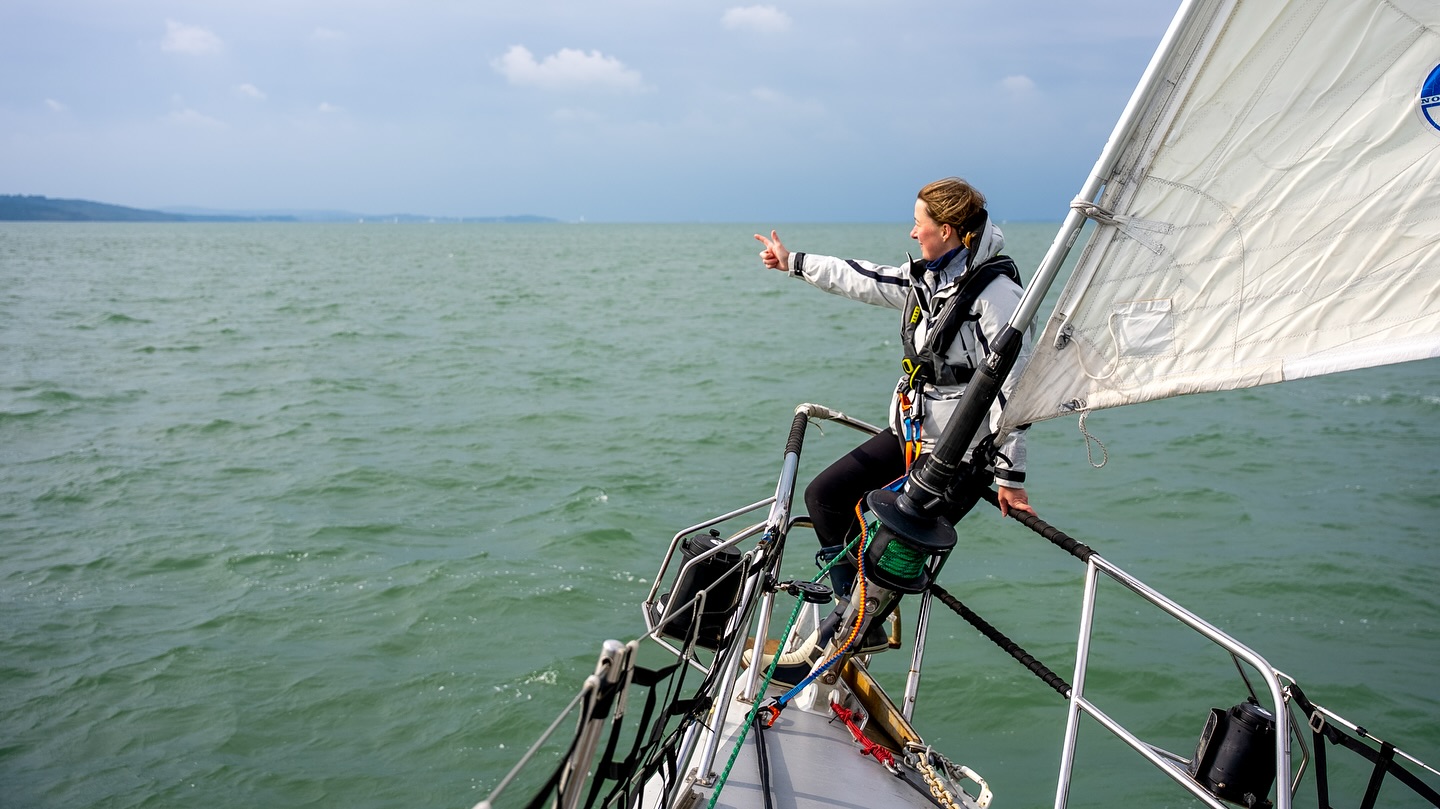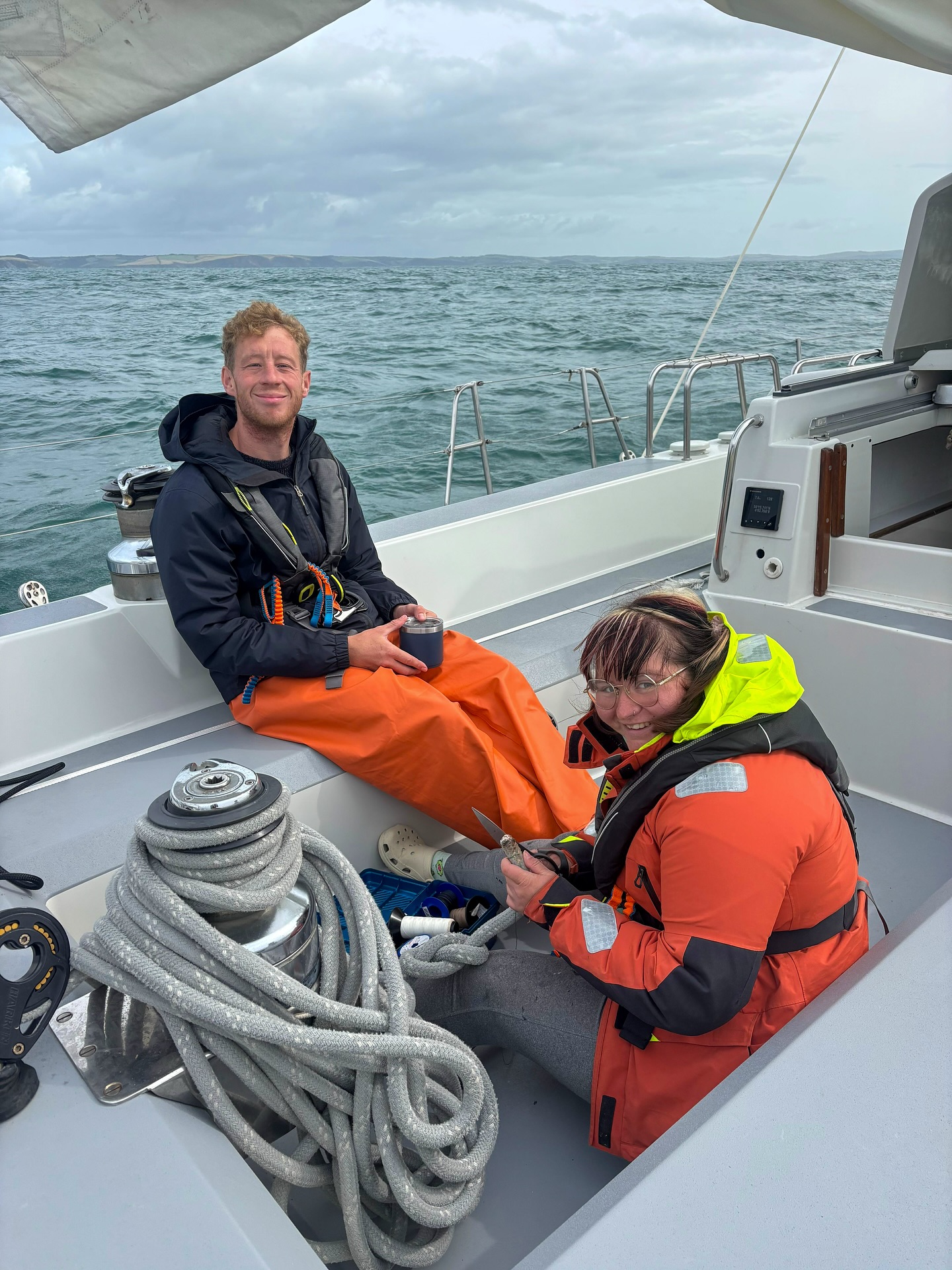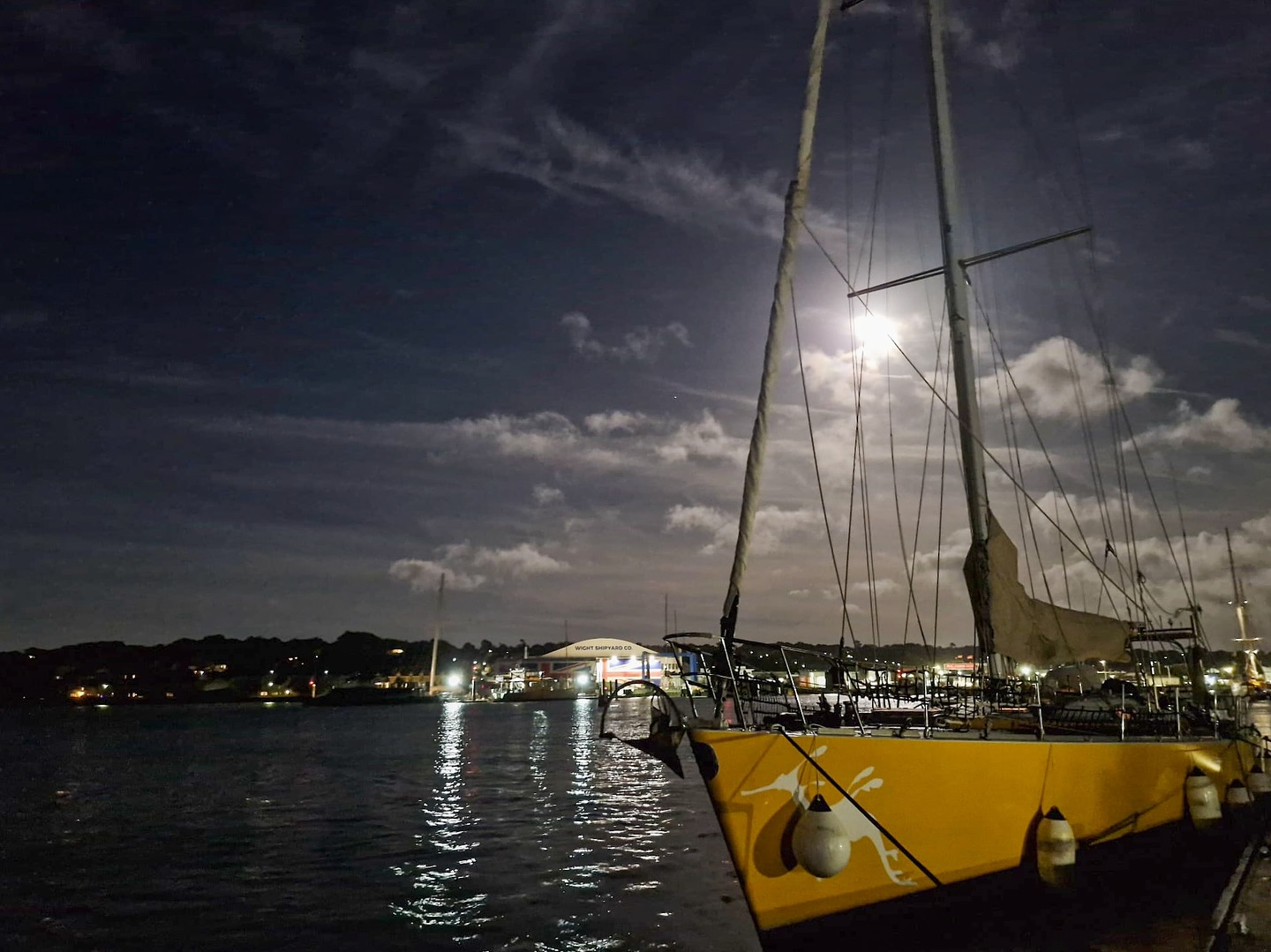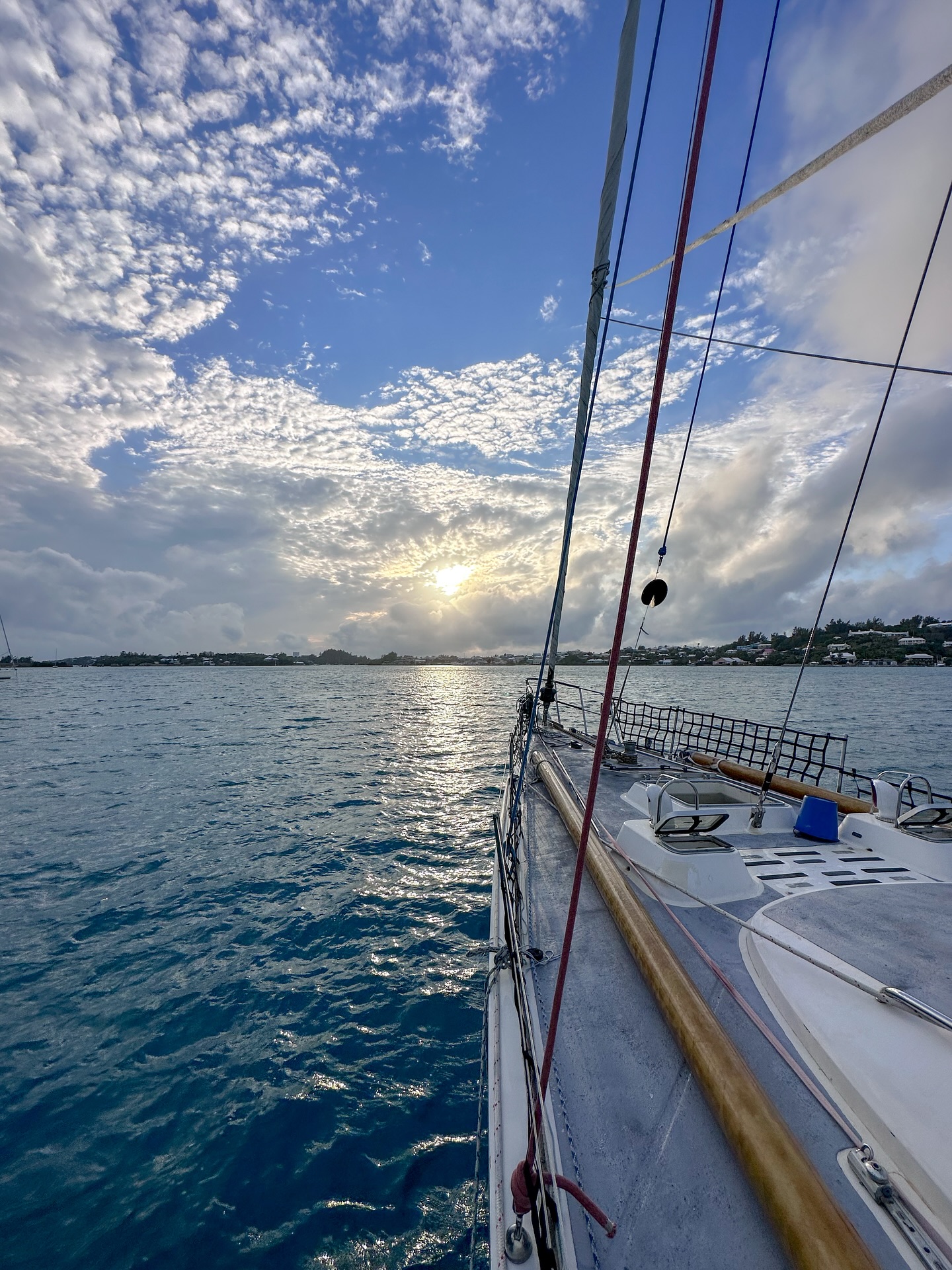25.13N, 153.56E
May 14th
The New Reef
“Net ball!” Hank yelled.
It turns out to be a 500lb ball of netting, rope and line from over 80 sources, all different, and fragments of commercial products, including 3 toothbushes, 1 cigarette lighter and two plastic straws.
The bulk of these, and several pieces of chewed bottles, bottle caps and assorted food wrappers, are lodged in a tangled gill net. The whole thing from underwater looks like an upside-down floral
arrangement, with lead weights taking some lines straight down, and foam floats taking lines outward.
Fish are everywhere – mahimahi, amberjack, triggerfish – circle beneath the net ball. Three fish are stuck inside in varying stages of decomposition. These nets catch more fish when they are lost than when they were owned.
After a long dive around it, we haul it above the deck to shake it out. More fish, a goby, 5 frog fish, hundreds of crabs, a shrimp, worms, nudibranchs, anemone – Hank Carson from U. of Hawaii collects
26 species in all.
There’s great diversity of live and plastic, creating habitat where it wasn’t before. The reaction is awe at the life. When a dozen fish swim under you for shelter, you can’t help but laugh. When I pull a dead
triggerfish out of the netting, I cringe at the thought of the thousands or millions of fish all these tangled nets have killed after being lost. Above all else, I have the same felling I get when you visit someplace beautiful, like the Grand Canyon or Everglades, and you see that someone dumped a pile of trash on the side of the road. It’s the sense that something is taken away from all of us – the knowledge that there are places in the world, so valuable, so wild, that taking more than a memory would be unthinkable.

